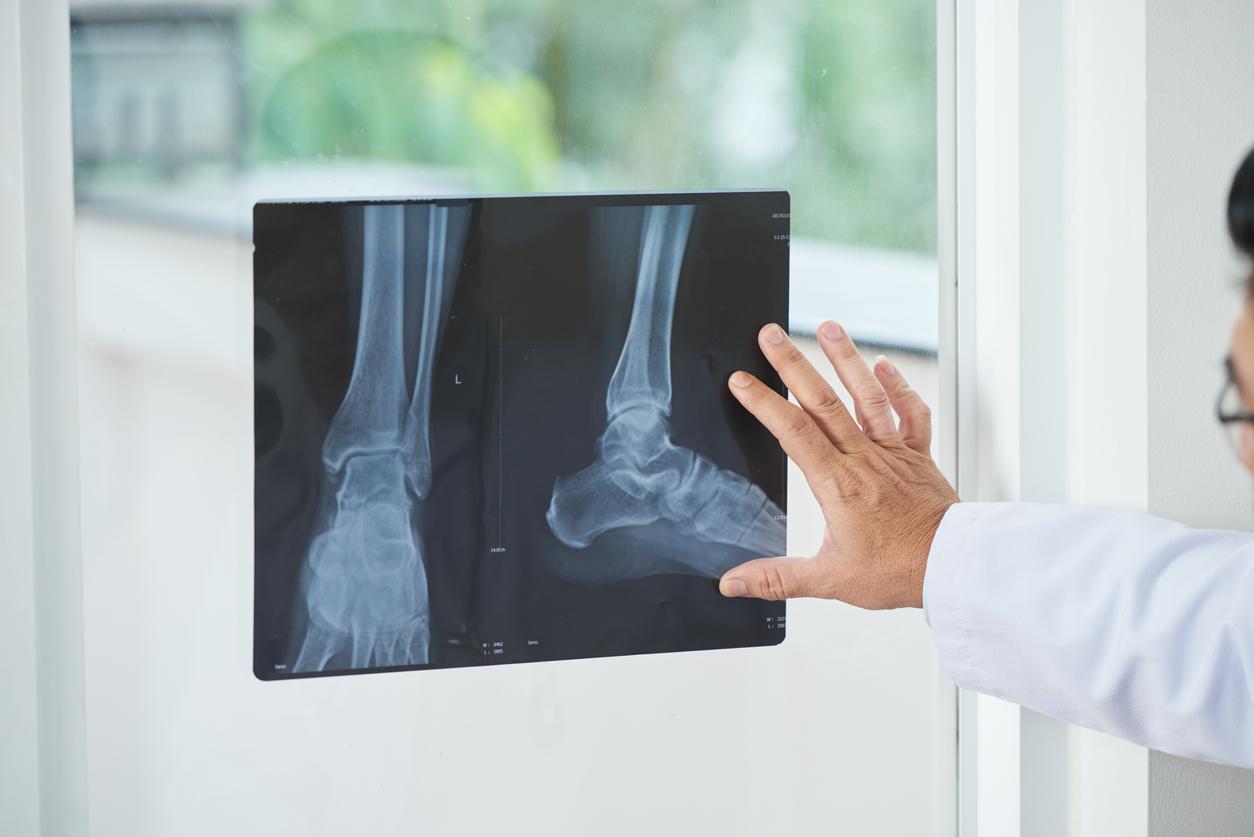This Tuesday, September 17, 2019 is World Osteoarthritis Day, supported in France by AFLAR (Association Française de Lutte Anti-Rhumatismale): an opportunity to talk about the disease, prevent it and break some false beliefs.

Osteoarthritis is a disease of joints that gradually become deformed. It is characterized by pain on movement and stiffness. With no less than 300 million people suffering from osteoarthritis worldwide and more than 10 million in France alone, i.e. 17% of the population (INSERM), osteoarthritis is the leading cause of functional disability for people over 40 years old.
Osteoarthritis is a disease leading to the destruction of the cartilage, most often very slowly, and which extends to all the structures of the joint, in particular to the bone and to the tissue. In osteoarthritis, the cartilage cracks and becomes thinner and more fragile. It is more difficult to absorb the pressures undergone by the joint during movement. This increase in pressure is applied locally to the cartilage, which will continue to wear out. This leads to pain and major disability with a loss of mobility having a significant impact on morale and the gestures of daily life. Currently, the mechanisms of this degradation are poorly understood and are the subject of active research.
The exact causes of osteoarthritis are not yet fully identified
Osteoarthritis of a joint increases with age, but osteoarthritis can occur more or less early and be more or less severe. The main risk factors are: obesity, trauma and deformities. Low physical activity is also considered a risk factor. Osteoarthritis can also be favored by aging, a hormonal origin or a family predisposition. Thus, the best way to fight against this disease is to prevent its occurrence.
Once osteoarthritis has been diagnosed — through clinical examination and x-rays of the joints — it only progresses.
What solutions to stop this evil?
The treatment of osteoarthritis requires individualized care depending on the site of the affected joint because no treatment stops the progression of osteoarthritis. Prevention of the appearance and aggravation of osteoarthritis is based on methods to relieve the symptoms: physiotherapy, regular physical activity, adapted to maintain muscle strength and exposure to heat. Doctor Laurent Grange, president of AFLAR, stresses that there is hope for patients because research has made it possible to discover new therapeutic targets with the arrival within 3 to 5 years of a very promising biomedicine, targeted treatment aimed at halting the progression of the disease.
Is it important to properly treat osteoarthritis?
Health authorities estimate that by 2050, no less than 600 million people could be affected. Thus, given the stakes, both human and socio-economic, it is essential to properly treat osteoarthritis to improve the quality of life and health of seniors and thus prevent the appearance of other diseases linked to aging.

.

















